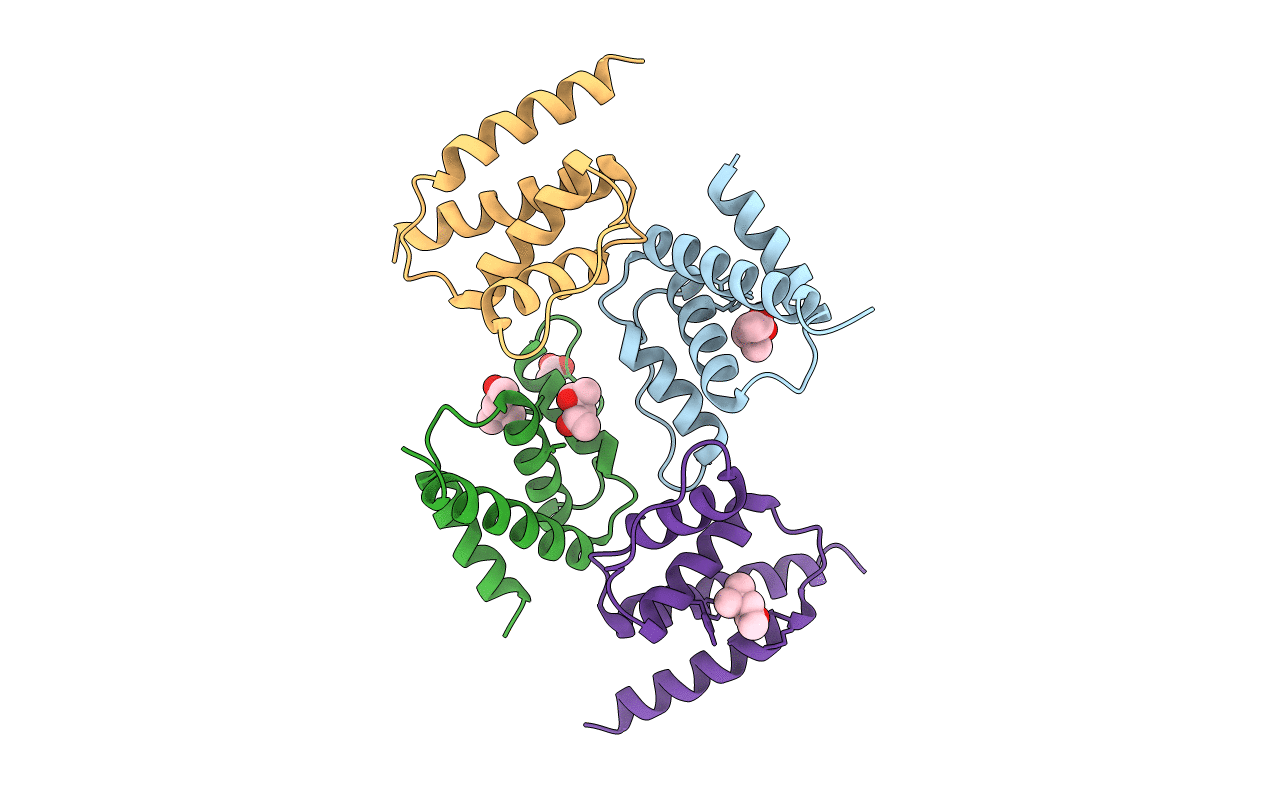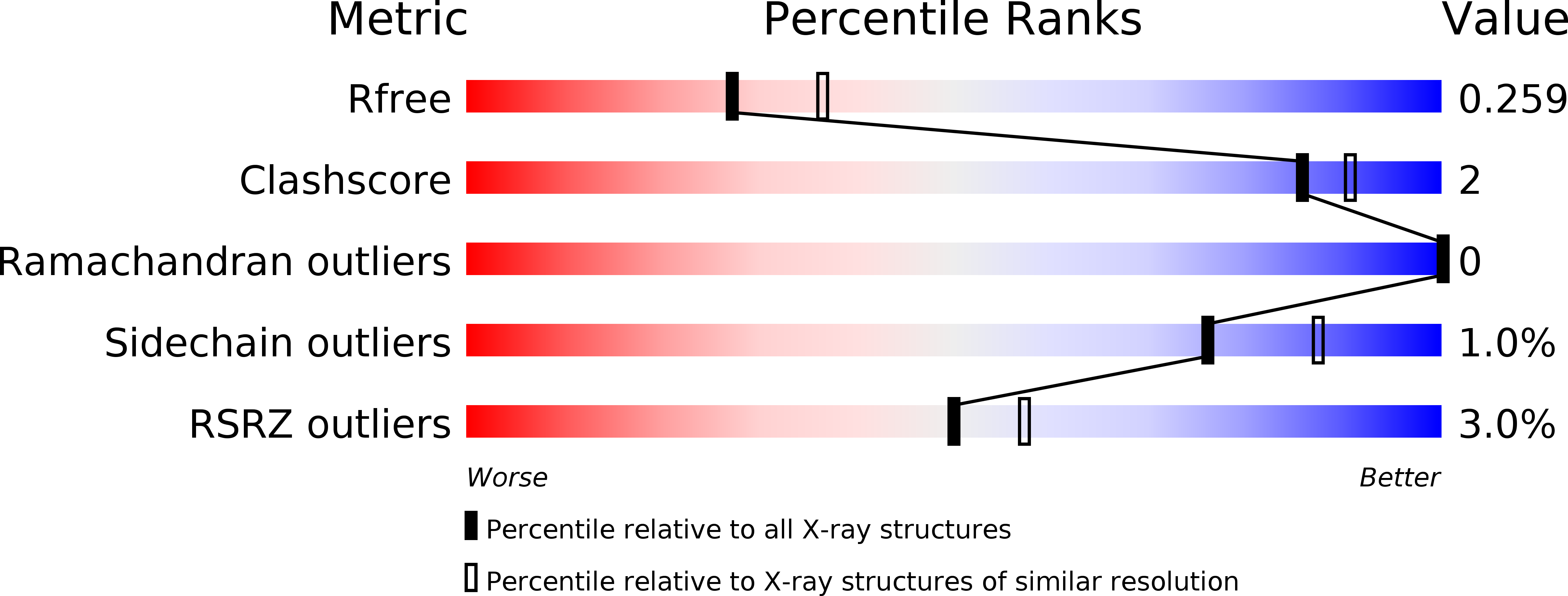
Deposition Date
2016-10-24
Release Date
2017-05-17
Last Version Date
2023-11-08
Entry Detail
PDB ID:
5H3I
Keywords:
Title:
Crystal Structure of Oryza sativa Acyl-CoA-Binding Protein 2
Biological Source:
Source Organism:
Oryza sativa Japonica Group (Taxon ID: 39947)
Host Organism:
Method Details:
Experimental Method:
Resolution:
2.30 Å
R-Value Free:
0.25
R-Value Work:
0.22
R-Value Observed:
0.22
Space Group:
P 21 21 2


